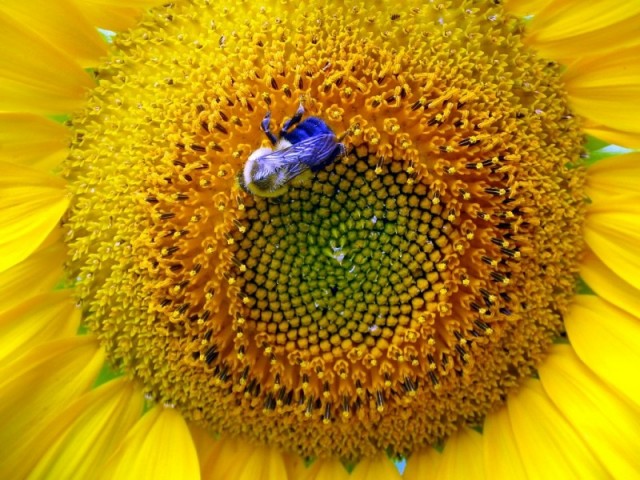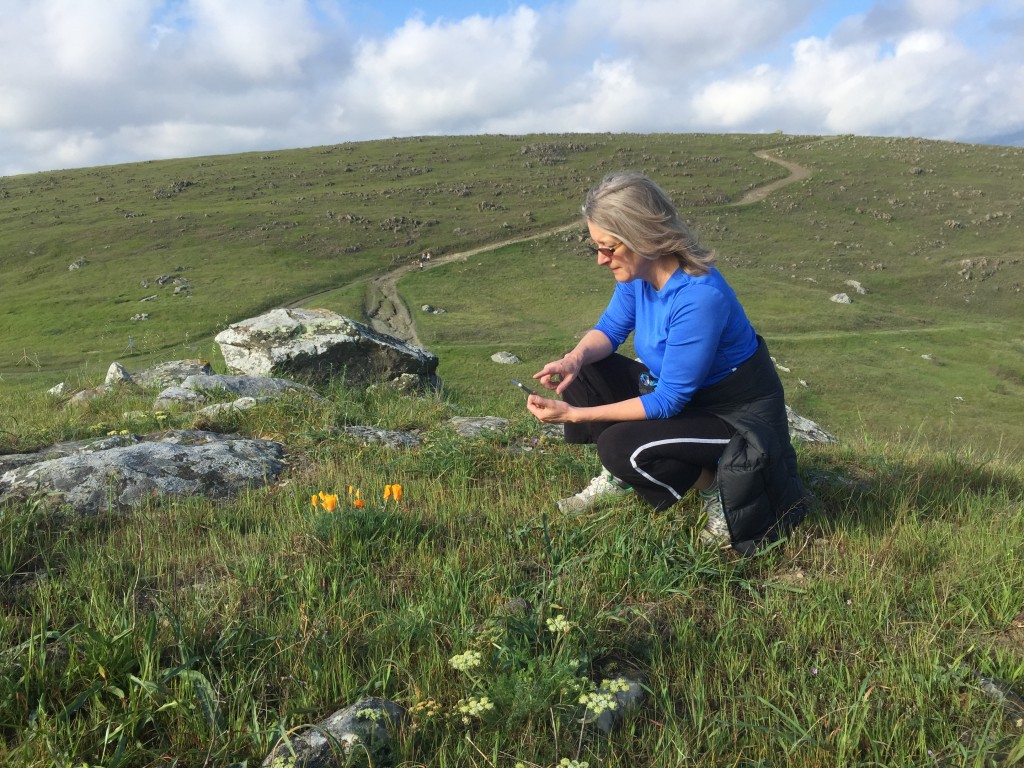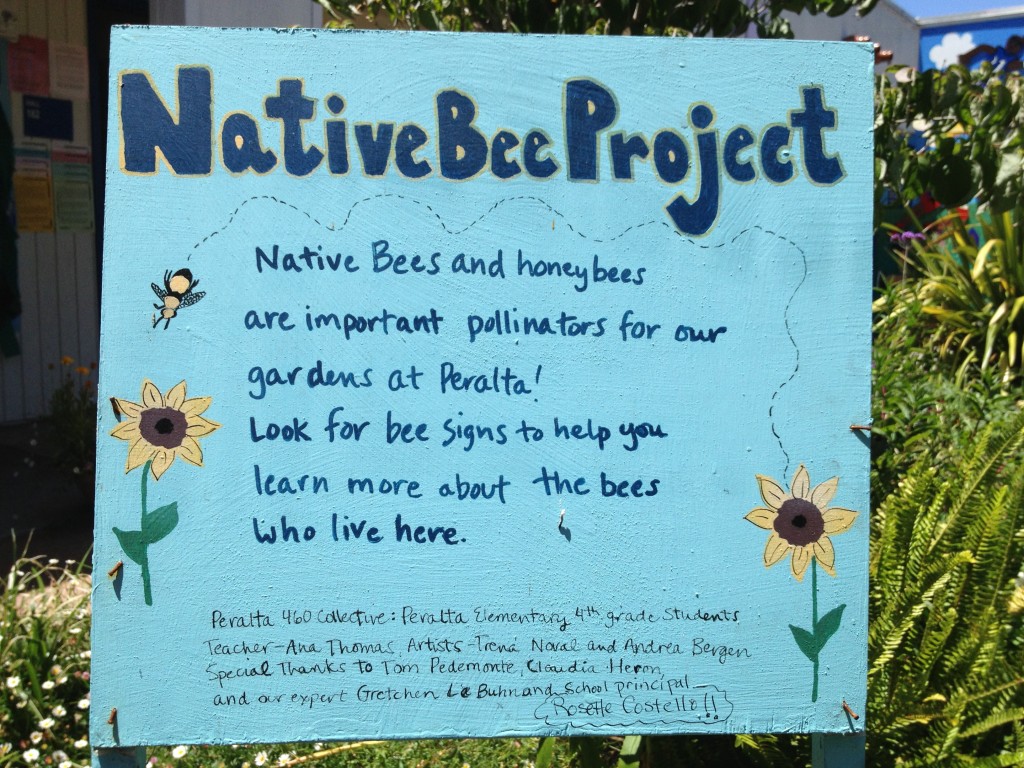
With the clear warm days we’ve just enjoyed and more to come, our gardens and parks have been buzzing with pollinators: bees and Anna’s hummingbirds. Searching out the newly blooming flowers for nectar and pollen, the insects and birds point to spring.
Scientists and naturalists are concerned, though, about the decline in honeybee and native bee populations. Every third bite of our food is pollinated by bees, and the value of pollination services from wild pollinators in the U.S. alone is estimated at $4 billion to $6 billion per year, according to the Great Sunflower Project.
A February review for Science Magazine, co-authored by University of Sussex biology professor Dave Goulson, notes that bee populations are falling because of the combined stressors of pesticides, parasites, and a decline in the abundance and variety of flowers. The review says climate change is likely to exacerbate all of these problems.

Research has pinpointed a class of widely used insecticides called neonicotinoids as likely culprits for the collapse of honeybee colonies. At certain levels of exposure, these chemicals can poison bees, and at lower levels, they can weaken bees’ immune systems, making them more susceptible to infection and parasites.
Even home gardeners who want to cultivate bee-friendly habitats may unknowingly expose bees to these insecticides. Tests on common garden plants and seeds marketed as “bee-friendly,” and purchased from commercial retailers around the country, found more than half of them had been treated with neonicotinoids, according to a 2014 Friends of the Earth report.

